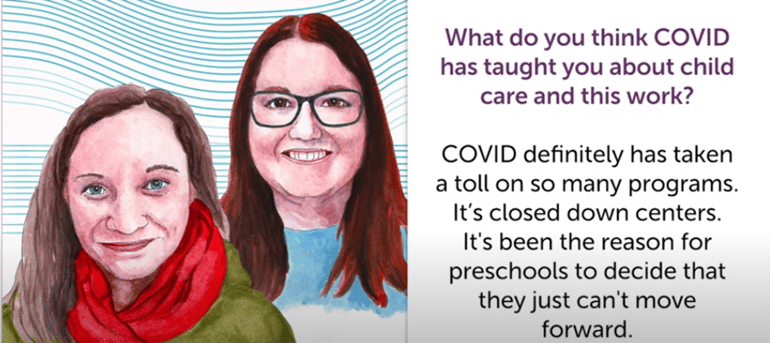
“I had so much fun on Thursday taking the parenting class with my husband & we made some new friends too while we were there. I will definitely keep going back every time.”
“Such an awesome resource for children and families. Their staff is kind and caring and always make you feel welcomed.”
“A-M-A-Z-I-N-G STAFF!!!!! Incredible resources! I love this place! There is a free library and playground where you can bring your children. They also have events on certain days!”
These are just a few of the Google Reviews for the Early Childhood Resource Center (ECRC) in Canton, Ohio, which is a member of Child Care Aware® of America.
With more than 60 reviews that largely echo the sentiments above, and nearly a 5-star rating, what is the secret to ECRC’s success? Turns out: it’s about providing great client service and support.
Angela Moses, director of Early Care and Education Services at the Early Childhood Resource Center, shared how she and her staff have worked hard to create a welcoming experience for the families they serve. Here are four tips for child care staff to address a client's concern:
- Work quickly. When a concern arises, don’t delay. Work quickly to resolve the issue.
- Seek understanding. Try to get a full 360-degree view of the situation, including the client’s perspective and the staff’s perspective.
- Provide training. Equip your staff with resources, training and effective communications strategies so they can better support the clients.
- Take an empathic approach. View the concern from the client’s point of view. This helps the client feel understood and can reduce overall tension and conflict.








